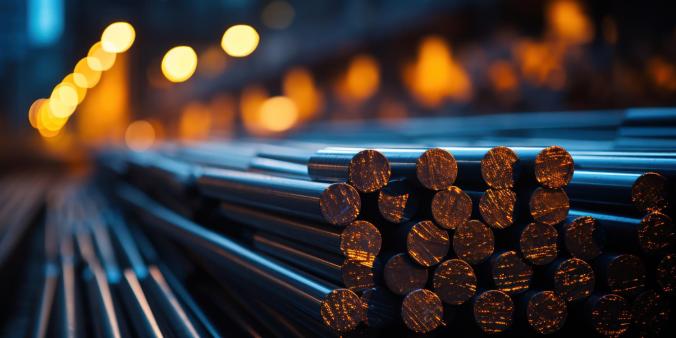Key drivers in the wind turbine bearing market
The wind turbine bearing market is estimated to grow at a CAGR of 10.82% between 2022 and 2027. The size of the market is forecast to increase by USD 9,287.77 million.
According to the GWEC, wind power met 10%-15% of the global electricity demand in 2021, which is further expected to increase by more than 20% by the end of 2030. Also, various nations have been adding onshore wind turbine capacity. Thus, the increasing onshore wind power installations will drive the growth of the market in focus during the forecast period.
According to the IEA, onshore wind capacity is expected to grow by 57% to 850 GW by the end of 2024, which accounts for 50%-60% of current installations.
The global weighted average cost of offshore wind installations decreased by one-fifth during 2010-2018, and that of onshore wind installations decreased by more than one-third during the same period.
Currently, the cost of generating onshore wind power is similar to the cost of generating power from fossil fuels in many parts of the world.
APAC is estimated to contribute 61% to the growth
The growth of the market in APAC(Asia-Pacific region) is mainly because of the growing population and improved standard of living. Growing emphasis by countries on adding more renewable energy into their overall energy mix, owing to high greenhouse (GHG) emissions caused by fossil fuels, is leading to a rise in the adoption of clean energy sources such as wind energy.
Increasing GHG emissions in China and India have compelled these countries to shift their focus to renewables such as wind and solar photovoltaic (PV) for power generation and reduce their dependence on fossil fuels for power generation.
Both countries have an enormous power consumption base, and the power demand is continuously rising owing to the improved standard of living. These benefits will drive the growth of the regional market during the forecast period.
In 2020, the COVID-19 outbreak negatively impacted the growth of the market in the region. However, in 2021, due to the availability of vaccines, there was a reduction in COVID-19 cases in the region, which led to an ease in COVID-related restrictions. In India, more than 1.4 GW of wind power was installed in 2021, an increase from 1.1 GW of installations in 2020. Moreover, the supply chain disruptions faced by market vendors eased in 2021, and the demand for wind turbine bearings rebounded to pre-pandemic levels.
Major Wind Turbine Bearing Market Challenge
The declining cost of solar PV modules is a major challenge impeding market growth.
Solar PV has become one of the inexpensive sources of electricity generation owing to factors such as an increase in the scale of production of components and intense competition among vendors in the value chain of the global solar power market. Ongoing developments in energy storage systems are also driving the use of solar power.
The market share growth by the onshore segment will be significant during the forecast period.










